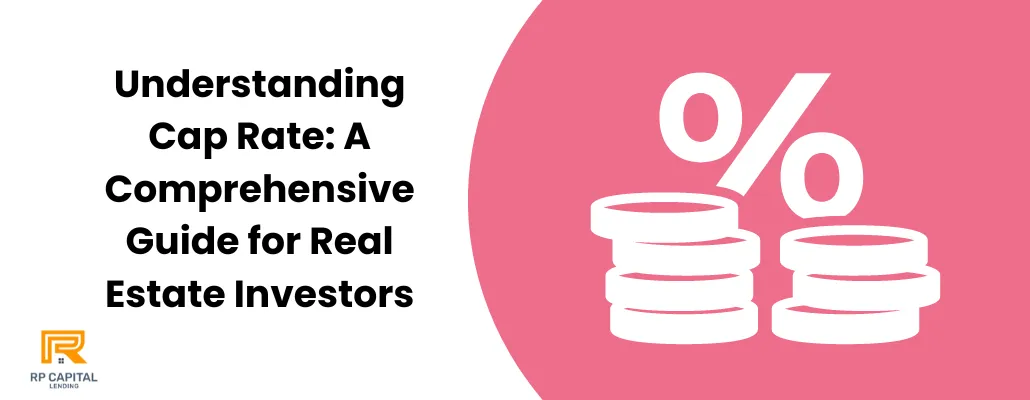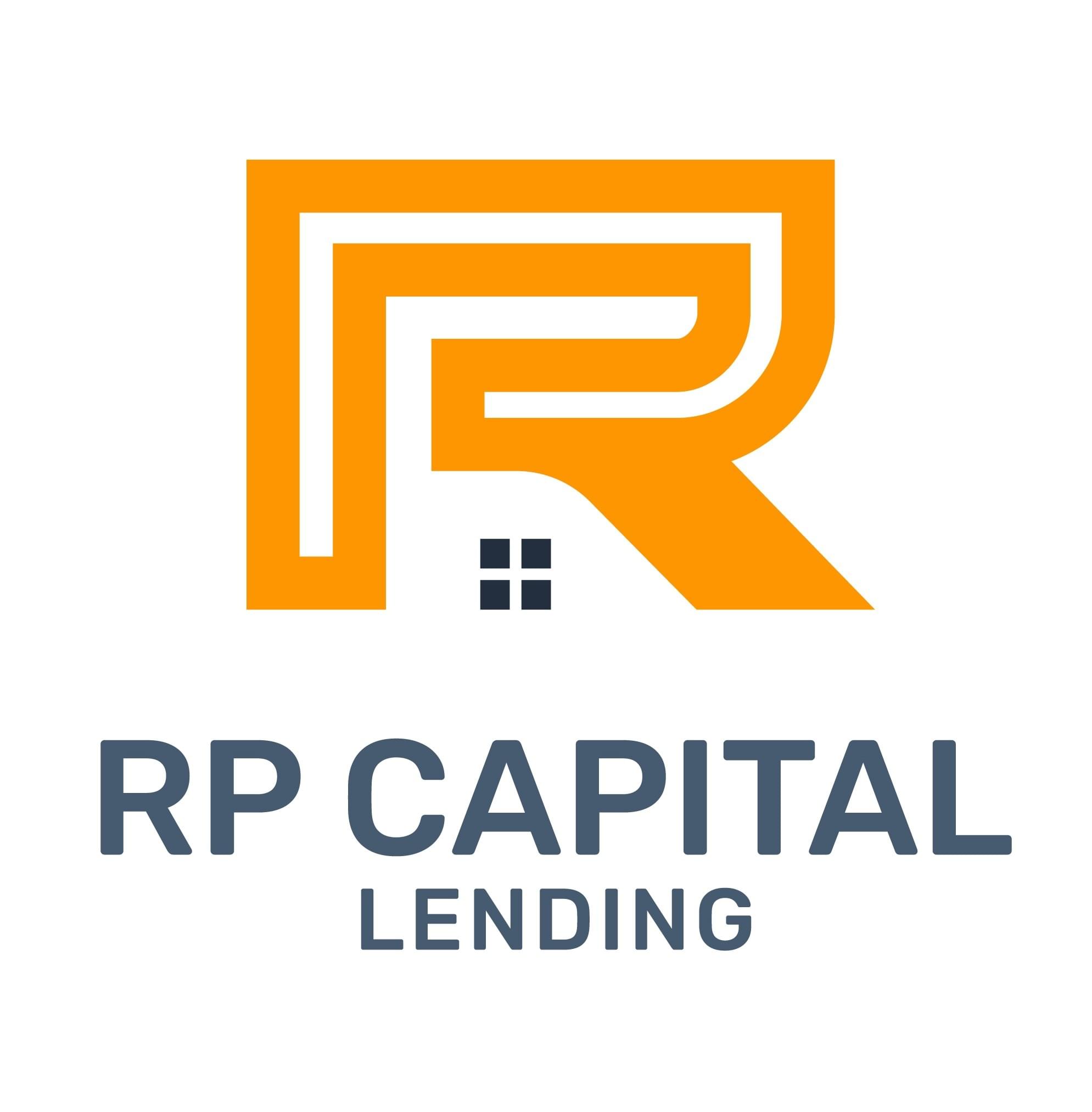Blog

Understanding Cap Rate: A Comprehensive Guide for Real Estate Investors
Ever wondered how investors gauge the potential returns on a property before making a purchase? Enter the "Cap Rate," or capitalization rate, a crucial metric that helps investors make informed decisions.
Read on to unlock the secrets of cap rate and see why it's a game-changer in real estate investments.
What is Cap Rate?
The capitalization rate, commonly known as cap rate, is a fundamental real estate investing concept used to estimate the return on an investment property. Essentially, it is the ratio of the property's net operating income (NOI) to its current market value or purchase price. Here’s how it's calculated:
Cap Rate Formula:
Cap Rate=(Net Operating IncomeProperty Purchase Price)×100\text{Cap Rate} = \left(\frac{\text{Net Operating Income}}{\text{Property Purchase Price}}\right) \times 100Cap Rate=(Property Purchase PriceNet Operating Income)×100
This formula provides a quick snapshot of the property's yield in a single year, without accounting for mortgage financing—making it an excellent comparative tool across different properties.
Why is Cap Rate Important?
Understanding cap rate is vital for several reasons:
Comparison Tool: It allows investors to compare different real estate investments efficiently.
Investment Decision Making: Helps determine the potential return on investment, assisting investors in making purchase decisions.
Risk Assessment: Generally, a higher cap rate indicates a higher risk and potentially higher returns, whereas a lower cap rate suggests a safer but potentially less profitable investment.
Five Frequently Asked Questions (FAQs) About Cap Rate
1. What is considered a good cap rate in real estate?
A "good" cap rate varies by market conditions, property type, and location. Generally, a cap rate between 4% and 10% is seen as favorable, but this can differ based on individual investment goals and the local real estate market dynamics.
2. How does cap rate differ from ROI?
While cap rate measures the expected rate of return on a property based on its income and current market value, ROI (Return on Investment) considers the total gain or loss relative to the investment’s cost, including financing and capital improvements.
3. Can cap rate predict long-term investment performance?
Cap rate is best used as a snapshot for the current or immediate return on a property based on net income. It does not account for future income changes, property value appreciation, or factors like changes in market conditions.
4. How does leverage impact cap rate?
Leverage, or the use of borrowed funds, does not directly affect the calculation of cap rate since it is based solely on the property’s purchase price and net operating income. However, leverage can affect the overall ROI and risk profile of the investment.
5. Is a higher or lower cap rate better?
It depends on your investment strategy and risk tolerance. A higher cap rate might indicate higher potential returns but comes with higher risks, such as property location or condition. Conversely, a lower cap rate usually signifies a lower risk investment in a potentially more stable market.
Conclusion
Cap rate is a vital metric for any real estate investor. Whether you're a seasoned professional or a novice, understanding how to calculate and interpret cap rates can significantly enhance your investment strategy and help you make more informed decisions.
Remember, the key to successful real estate investing lies not just in the numbers but in thoroughly understanding what those numbers mean.
RP Capital Lending is a d.b.a of RP Capital Partners Inc (NMLS # 2469193) | Privacy Policy
Copyright © 2022. All Rights Reserved.
Disclaimer: Loans only apply to non-owner occupied properties. Rates, terms and conditions offered only to qualified borrowers, may vary upon loan product, deal structure, other applicable considerations, and are subject to change at any time without notice.

